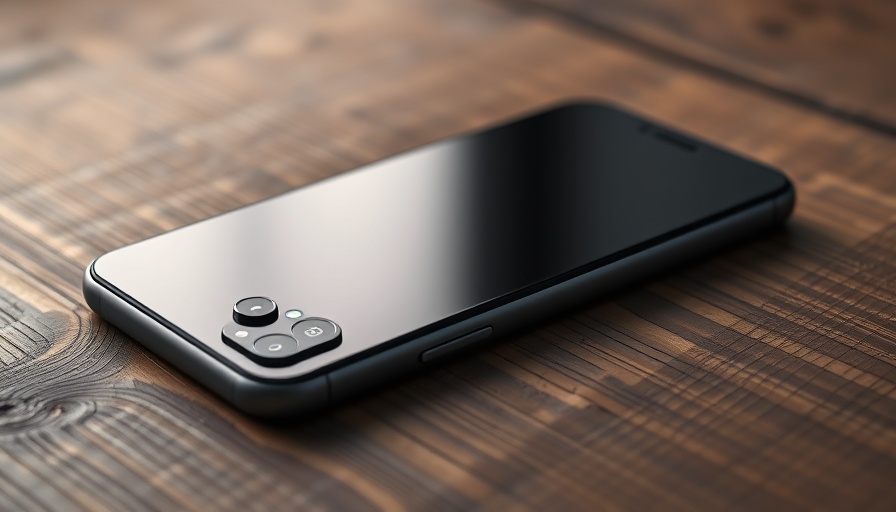
The Irony of AI in the Workplace
In an age where technology is advancing at lightning speed, a recent advertisement for graphic designer roles at Xbox, shared by Principal Development Lead Mike Matsel, raises eyebrows not just for its content, but for its sheer irony. The post features a poorly generated AI image of a woman at a workstation, typing code that bizarrely appears on the back of her monitor. This ad comes just weeks after Microsoft made headlines for laying off over 9,000 employees, many from the very division seeking new graphic design talent. This juxtaposition highlights the sometimes awkward integration of AI into creative professions.
AI's Impact on Employment and Creativity
As technology evolves, its impact on job markets, particularly in creative fields, has been a topic of heated discussions. AI's growing capabilities, such as in graphic design, pose both opportunities and threats. On one hand, automation can enhance productivity and innovation. On the other, it raises concerns about job displacement, particularly for roles that depend on human creativity and artistry. In this context, the use of subpar AI-generated content to recruit new talent seems to send a message about the value (or lack thereof) of human contribution.
The Backlash from Designers
For those in creative fields like graphic design, the image shared by Matsel likely struck a nerve. Many professionals took to LinkedIn to express their frustration, suggesting that if Microsoft is looking for new designers, the company should demonstrate a commitment to quality and creativity in its recruiting materials. The unconventional choice of imagery—complete with a woman sporting outdated headphones—has added fuel to the fire for critics who see it as a glaring oversight in what should be an appealing role for artists seeking innovative opportunities.
A Reflection of Corporate Culture
This incident raises questions about corporate culture at Microsoft and how it navigates the balance between high-tech automation and human creativity. With a significant investment in AI technology, the expectation would be for the company to leverage it effectively rather than highlighting its shortcomings through poorly designed job advertisements. This disconnect suggests a larger conversation about how tech giants communicate their values and the importance of maintaining a human touch even amidst the rapid adoption of AI.
What Can We Learn?
The bizarre nature of this hiring ad ultimately serves as a stark reminder of the importance of authenticity and quality in the digital age. As homeowners in London contemplate smart and connected homes, it's essential to reflect on the implications of relying too heavily on AI, especially in areas that traditionally require human intuition and flair. This incident may serve as a warning sign for businesses about the importance of upholding high standards in hiring, communications, and, by extension, the products and services they offer.
Join the Conversation
As we see the landscape of job recruitment and creative professions shift, it's crucial for communities, especially those interested in home improvement and sustainable living, to engage in discussions about how technology impacts our lives. Whether it's through online forums or community workshops, sharing experiences—good or bad—can pave the way for more nuanced conversations about the future of work and creativity in our smart homes.
Despite the glaring misstep made by Microsoft in their recent ad, it serves as an opportunity for all of us to learn about the delicate balance between technology and human creativity and how we can best adapt and thrive in this evolving landscape.
 Add Row
Add Row  Add
Add 




Write A Comment